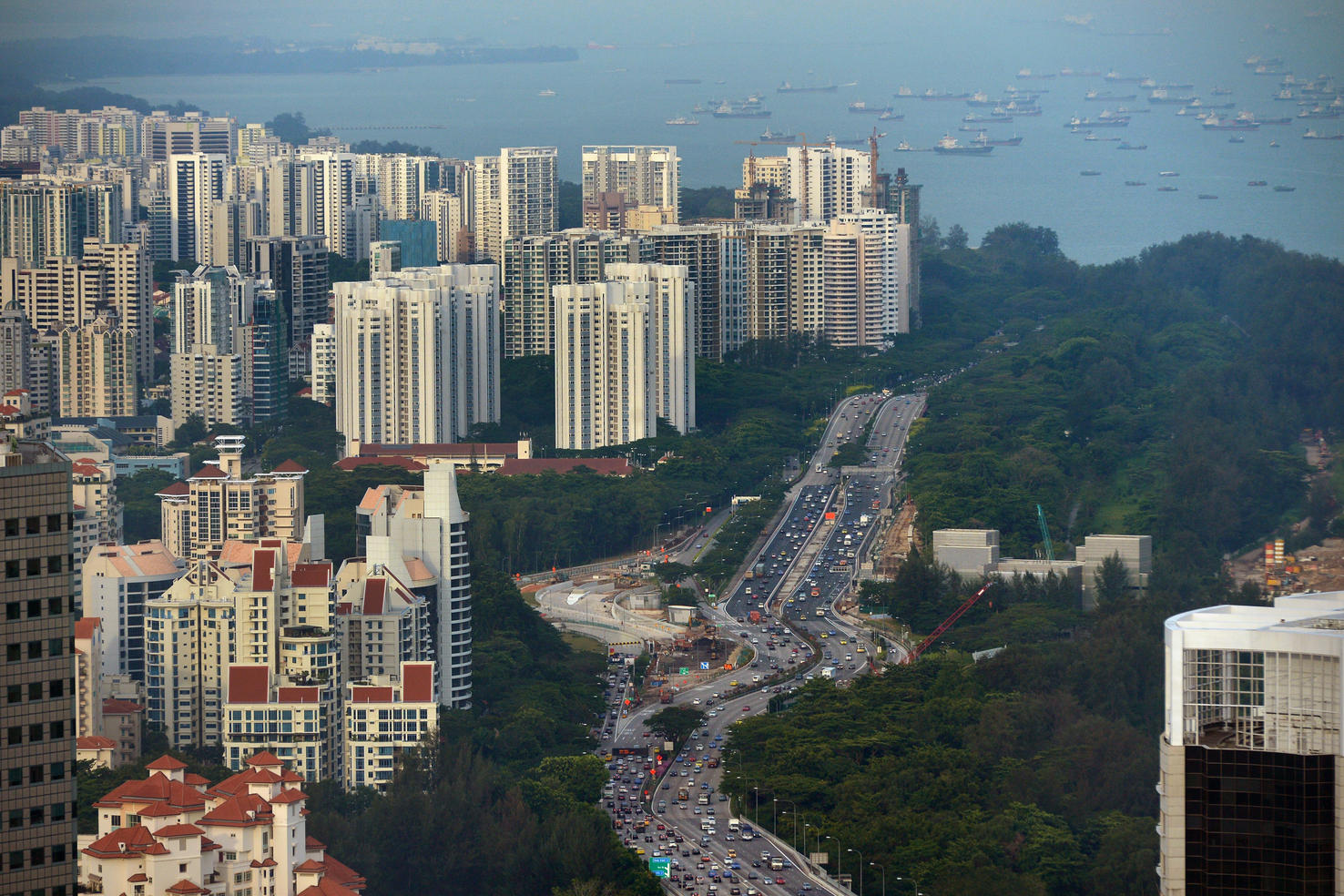Some property curbs eased: But what do TDSR, LTV, SSD and ABSD mean?
Sign up now: Get ST's newsletters delivered to your inbox

High-rise condomuniums at East Coast.
PHOTO: ST FILE
Chew Hui Min
Follow topic:
SINGAPORE - The Government announced tweaks to property cooling measures on Friday (March 10).
With effect from Saturday (March 11), changes to the Seller's Stamp Duty (SSD) and Total Debt Servicing Ratio (TDSR) framework will take effect, but current rules on Additional Buyer's Stamp Duty and the general loan-to-value (LTV) limits will stay the same.
Not sure what all this means? Read our quick explainer below.
Total Debt Servicing Ratio (TDSR) and Loan to Value (LTV) ratio
The TDSR sets limits on how much a home buyer can borrow.
Financial institutions must ensure that borrowers' monthly repayment for all debts does not exceed 60 per cent of their monthly income.
This includes the mortgage, credit card bills, car loans, personal loans, and so on.
The LTV ratio refers to the ratio of the home loan to the value of the property.
What's the change: There is no change to the 60 per cent threshold, but it will no longer apply to mortgage equity withdrawal loans with loan-to-value ratios of 50 per cent and below.
These refer to loans which allow borrowers to use residential properties as collateral to get cash. This change will benefit asset-rich but cash-poor retirees.
Seller's Stamp Duty (SSD)
Property owners who sell their homes within the specified holding period will have to pay the SSD. This applies to homes bought on or after Feb 20, 2010.
The SSD rate is tiered according to how long the property has been held before being sold.
What's the change: The following changes apply only to homes bought on or after March 11, 2017.
The SSD holding period will be cut to three years, down from four. This means properties sold more than three years after purchase will not attract SSD.
The SSD rates will also be lowered by four percentage points for each tier.
For example, currently, the seller of a property held for for one year or less will have to pay 16 per cent in SSD. With the change, this will be lowered to 12 per cent. A seller of a house held for three years ago or less will pay 4 per cent, down from 8 per cent.
Additional Buyer's Stamp Duty (ABSD)
ABSD is levied on Singaporeans who already own one residential property, as well as foreigners and permanent residents buying residential properties.
The rate ranges from 5 per cent for permanent residents buying their first residential property to 15 per cent for foreigners buying any residential property, according to the Inland Revenue Authority of Singapore website.
It is 7 per cent for a citizen buying a second property and 10 per cent for the third or subsequent property.
What's the change: No change.
"There is firm demand for private housing, in part because of current low interest rates and continued income growth," the authorities said on Friday.
Loan to Value (LTV) limits
Loan to value (LTV) is the housing loan quantum a bank or financial institution is willing offer as a percentage of the property's valuation. LTV limits were tightened in 2013.
LTV is now up to 80 per cent of the property's value but subject to TDSR. It also depends on whether this is your first, second or subsequent mortgage and your loan tenure.
For example, a buyer looking for a second housing loan, and one that extends beyond 30 years or his retirement age (set at 65), can only borrow up to 30 per cent of the value of the property, subject to TDSR.
What's the change: No change.

